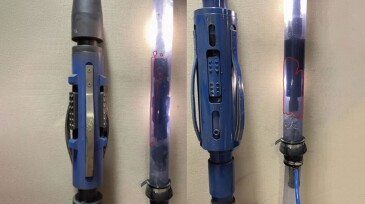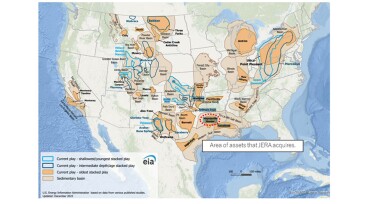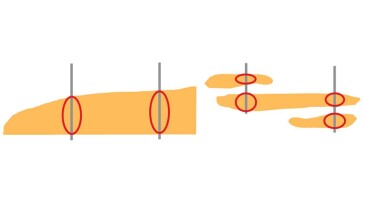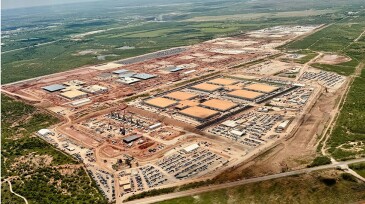Unconventional/complex reservoirs
Operators are turning to new gas-lift and nanoparticle-fluid technologies to drive up production rates.
The authors of this paper apply a deep-learning model for multivariate forecasting of oil production and carbon-dioxide-sequestration efficiency across a range of water-alternating-gas scenarios using field data from six legacy carbon-dioxide enhanced-oil-recovery projects.
The $1.3-billion deal targets DJ Basin assets producing 35,000 BOEPD, and Japex aims to increase that output to 50,000 BOEPD around 2030.
-
The objective of this paper is to apply a developed workflow to determine the propped hydraulic fracture geometry in a horizontal multistage fractured well, incorporating production, pressure, and strain data.
-
This study compares water-based chemicals including surfactants, nanoparticles, and ketones that can be used for enhancing the oil recovery of shale-oil reservoirs.
-
Operators from across the region met in Muscat to share how lessons from pilot programs are shaping cost, scale, and technology priorities across the region.
-
A collaboration between a large independent and a technology developer used low-cost interventions to optimize production from unconventional wells.
-
JERA joins Tokyo Gas as a player in the Haynesville as Japan targets the US Gulf Coast as key to building global LNG supply chains.
-
This paper describes an alternative lower-completion concept for developing Lower Wilcox reservoirs referred to as high-angle multifractured well design.
-
The technology to desalinate and reuse produced water for cooling AI data centers in the Permian Basin exists, but addressing cost challenges remains critical to widespread adoption.
-
The leaders of US oil and gas companies in Texas and neighboring states cite regulatory uncertainty, tariffs, and volatile prices as drags on activity.
-
The SPE International Hydraulic Fracturing Technology Conference and Exhibition opens with calls to adapt technology while addressing regional realities.
-
Casing deformation has emerged as a major challenge in China’s unconventional oil and gas fields, prompting the development of new solutions to address the issue.













